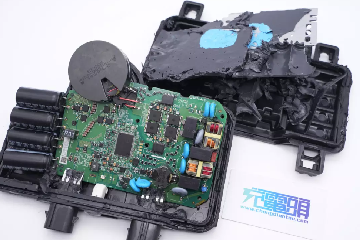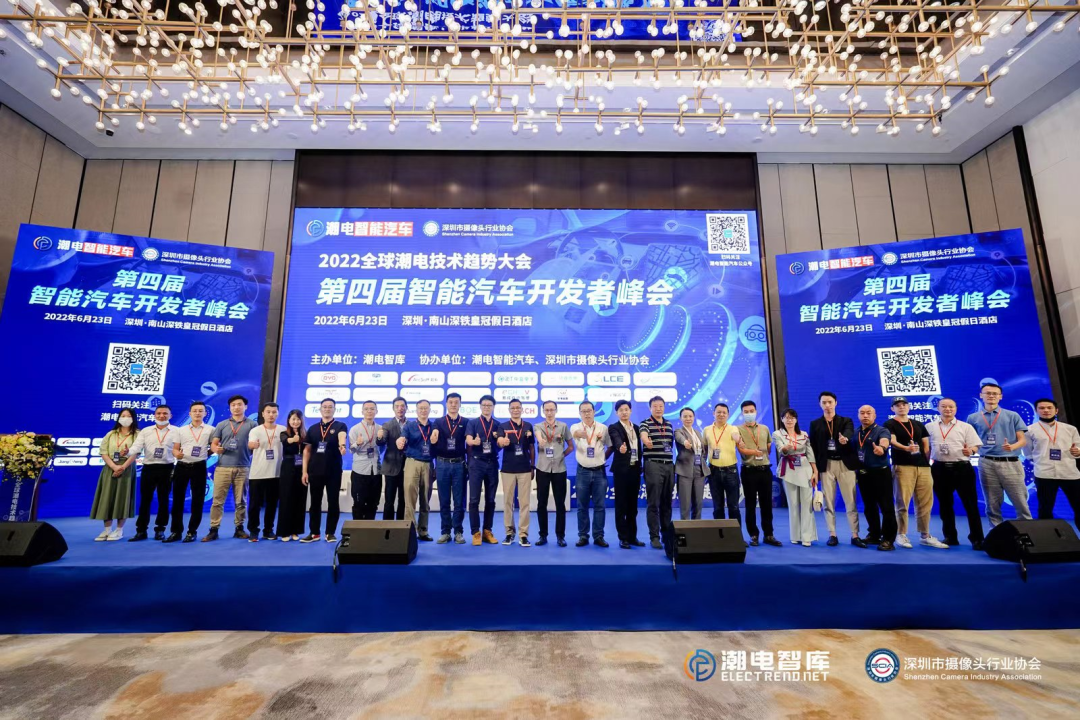Recent media reports said that India's large multinational conglomerate Vedanta (Vedanta) and Foxconn will invest $19.5 billion (Rs. 1.54 trillion) to build an electronics manufacturing capacity base in Indian Prime Minister Narendra Modi's home state of Gujarat, the project plans to build a stand-alone semiconductor and display production plant near Ahmedabad, the state's largest city in the west, the joint venture will be from Gujarat, including subsidies for capital expenditure and electricity.
The Indian government has launched a manufacturing revitalization plan with more than $10 billion in incentives for semiconductor manufacturing projects, hoping to learn from mainland China's fiscal tilt policy so that India can become a key player in the global chip supply chain, taking on consumer electronics manufacturing capacity that is shifting out of mainland China.
It is understood that after the Indian government and Foxconn proposed the introduction of semiconductor and display panel manufacturing capacity, the project attracted significant interest from India's richest state of Maharashtra and Modi's home state of Gujarat, with both sides competing fiercely to land the project, with Gujarat eventually willing to win Foxconn's favor by meeting any viable support it offered.
Gujarat Chief Minister Bhupendra Patel said that the joint venture, when completed, will create more than 100,000 jobs in the region. Judging from the figures, Foxconn should have replicated its plans to build a factory in Wyo. in the U.S. to India in order to dissipate so many jobs. In terms of cooperation, Foxconn will act as a technology partner, while Vedanta, which is committed to diversification in chip manufacturing, will finance the project.
Vedanta is the third company to announce a chip plant in India after international consortium ISMC and Singapore's IGSS Ventures, the first two of which set up factories in the southern states of Karnataka and Tamil Nadu, respectively.
Foxconn had sought concessions in the United States, Mexico, Brazil and mainland China in recent years on the condition of building super-generation panel projects of more than 10 generations. However, due to the Chinese mainland panel factory to strike quickly, the majority of upstream equipment suppliers to the capacity of the high price of the circle, and the local government in the policy and infrastructure support experienced, soon to create a number of mature panel supply chain complete base, Foxconn finally only in Guangzhou Zengcheng obtained a relatively good cost performance conditions for the construction of the plant.
And because Foxconn missed the last wave of expansion, its plant construction costs and operating costs are relatively lagging behind those of mainland Chinese companies, so in the global economics of panel production capacity, Guangzhou Zengcheng's production line does not take advantage.
India's economic growth in recent years has brought to India's local incremental consumer market that global enterprises are eyeing, but because other countries have basically cleared the less competitive low-end manufacturing capacity, so most of its market demand gap by the original transfer to the Chinese mainland of overseas enterprises and Chinese mainland domestic brand enterprises to fill.
Therefore, India also has the will to vigorously develop the consumer electronics manufacturing industry, in order to meet the local market demand at the same time, but also become one of the important bases for the export of global manufacturing capacity.
Foxconn has also laid out more consumer electronics manufacturing capacity in India over the years, including local OEM assembly of Apple cell phones and so on. This time Foxconn hopes to use India's policy to build a local super display capacity base from display chips, display panels to end products, thus replicating its successful capacity foundry model in mainland China.
At present, TCL Huaxing's panel module production capacity in India has already started running, Samsung display has also said to build panel production capacity in India, coupled with the current Foxconn, India's local consumer electronics manufacturing "lack of core less screen" situation is about to be alleviated.
Of course, it should also be seen, only Modi government has been promoting the "Make in India" policy, but from recent years to see the Indian mainland for foreign large enterprises in the local plant operations or a very strong rejection. From the overall trend, global manufacturing giants in India's local business is in a state of retrenchment, either to resell the relevant production capacity to local capital, or slowly flee from India itself.
According to the analysis of some international organizations, the construction of factories by large foreign enterprises in India has inadvertently laid the risk of collapse of the traditional caste system in India, and many low-caste people entering these factories have become the local "core people" through learning skills and accumulating wealth, challenging the status of high-caste people.
In addition, large display panels and semiconductor factories have a strong dependence on local infrastructure support, including water and electricity security, as well as qualified plant infrastructure design and construction suppliers, supporting the environmental protection of hazardous chemical materials, fire, transportation, storage facilities, etc., as long as any party does not improve, will greatly push up the production costs of display panels and semiconductor products.
Foxconn year in the United States in Wisconsin to build a 10-generation panel production line encounter, can not get a solution in India, the difficulties faced may be much greater than Foxconn's own imagination.
At present display panel technology has been highly mature, hope in the new production capacity base to generation difference in technology advantage to get competitive way basically not in there. The remaining competitiveness is more from the industry chain supporting costs and labor costs. Although India has lower labor costs, but in the industry chain supporting costs, whether it is the local infrastructure supporting costs, staff religious and cultural beliefs maintenance costs, or supply chain online in-transit management costs, at least five to ten years there is no advantage.
Foxconn in India to build a factory is not so much to continue to squeeze the profits of the display panel industry in the short term, but also to avoid the increased cost of political risk after the increased risk of global trade friction.
Our Authors
We have experienced employees who choose the services we provide, and our services are all professional. If you contact us, we may receive a commission.
Why You Can Trust ELECTREND
15
Years of service experience
580+
Brand Customer Choice
1000+
The choice of corporate customers



































